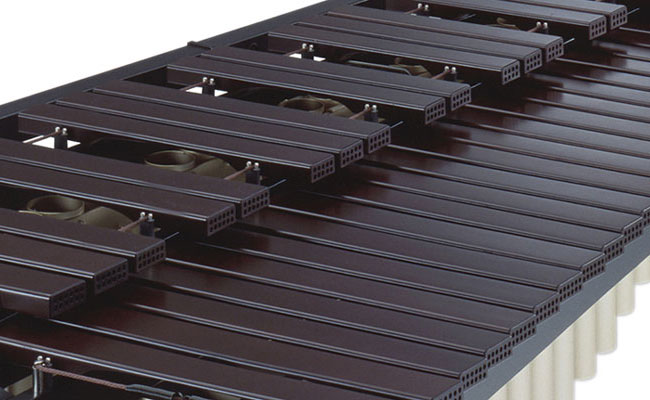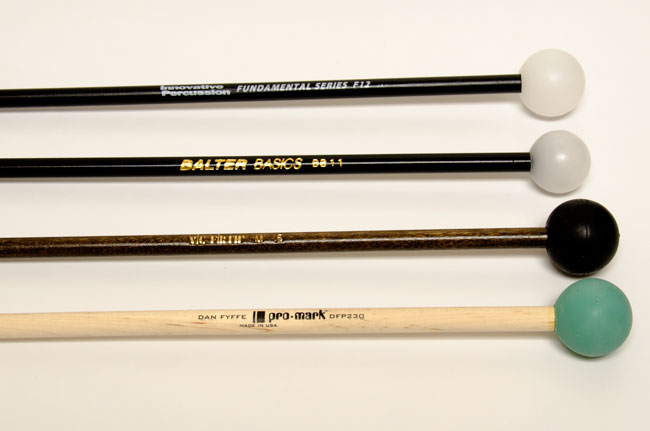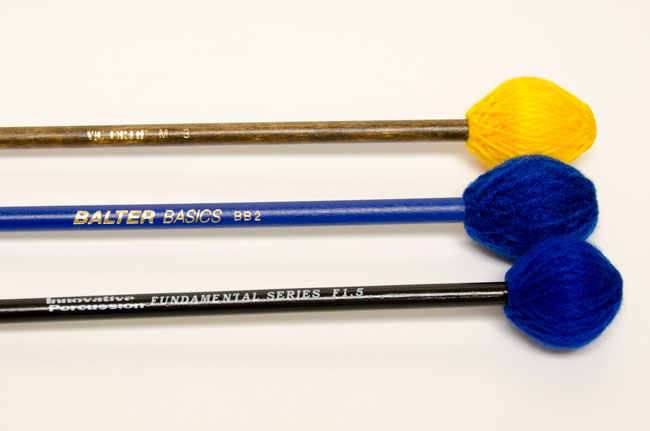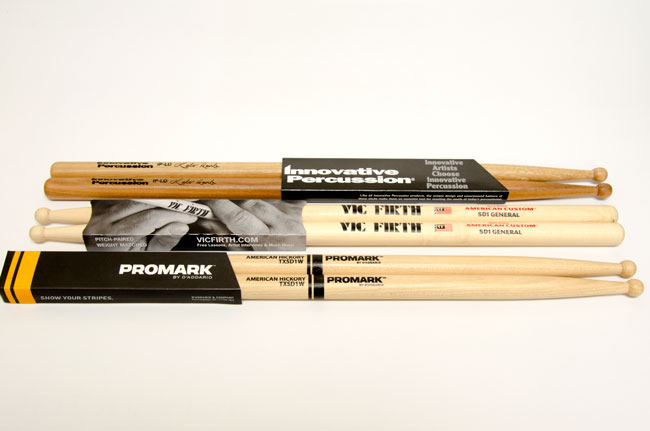When Will I Need to Replace or Retune Bars on My Synthetic Bar Instruments? – FAQs

Welcome back to the Chops blog. Occasionally when a school is faced with needing to replace their synthetic bars, or have them retuned, the question pops up of how long they normally last before needing replaced or retuned. There are many factors that go into answering this question, so I contacted our friends at Pearl/Adams, Yamaha and Majestic to get some input on the topic. There’s no “absolute time scale” for when bars will lose their resonance, or need retuned or replaced, but here are some things to think about to help answer the question.
Environment – Is the instrument used only indoors in a concert setting, or is it exposed to the outside elements for marching band? Damp conditions aren’t good for any instrument, and “baking” in lots of sunlight can cause bars to lose resonance. Be sure to cover the instruments during summer rehearsals when not in use.
Frequency Of Use – Is the instrument used primarily in concert band classes through the year, or is it used more frequently (band class, after school marching band rehearsals, indoor drumline, Saturday rehearsals, summer rehearsals, etc.)? Obviously, the more you play it, the quicker the bars might need retuned or replaced. The warm-ups alone that are played during marching band will exceed the wear an instrument typically gets in concert band during the course of a day.
Mallet Choice – If being used for indoor concert band, be sure to use appropriate mallets that are not too heavy or too hard. These will shorten the life of the bars. It is fairly common to use heavier, and possibly harder, mallets for marching band and indoor drumline. While allowing you to get better projection from your mallet instruments, you could also be sacrificing the life of the bars.
Technique – Are the players using a relaxed, musical approach to the instrument and allowing the bars to vibrate and resonate freely, or are they too aggressive and “pounding” the bars?
Here’s an unofficial guide to how long an instrument could last before needing bars retuned or replaced. Again, this is not an official timeline. Remember, these are percussion instruments and you are hitting them. Many factors can have an affect on the lifespan of the bars, as described above.
Light Use – In the perfect situation of light indoor concert use with appropriate mallets and technique, you might not have any issues for 10 or more years. You might even be lucky enough to get 15-20 years out of your marimba bars before needing any retune/replacements. Xylo bars could wear quicker, and tend to be affected even more by mallet choice and technique.
Moderate Use – In a situation of minimal exposure to the outdoor elements, with appropriate mallets and technique, you could get 5 or more years of use before needing any retune/replacements.
Heavy Use – In heavy use with frequent exposure to outdoor elements, you could possibly require retuning or replacements within 3-5 years.
Remember also, mallet weight and hardness will also play a role in how long your bars will last. A program using their mallet instruments constantly, year-round for summer rehearsals, marching band, indoor drumline and concert band will need to replace or retune bars with much more frequency, especially if using heavy and hard mallets for projection and/or durability.
Thank you to the following for their input on this topic:
Chris Hankes, KHS Majestic/Mapex
Chris Dolson, Yamaha
Pat Saunders, Pearl/Adams









